The COVID-19 pandemic changed a lot of things for us, especially how we work, study, and socialise. However, it also changed our perception of time. For most of us, the lockdown was peculiarly slow. One fine day, we just had to shift from our mundane but functional routines and do nothing, while being stuck at home. Time seemed to run painfully slow, and days stretched exorbitantly. We often think to ourselves, “It is already September? But it was June just a few days ago! Where is time running?” Yet now, five years from then, the world has reopened almost completely. But a common sentiment has remained with people. Life now seems like it is racing at an unfamiliar pace. This change in the general perception of time reveals a psychosocial change triggered by the pandemic itself.
Time During the Lockdowns
When the strict lockdowns began to be imposed for the first time, it was unprecedented. People kept expecting things to get back to normal within a matter of a few weeks. But as the restrictions continued, people felt time was dragging. Days felt never-ending and repetitive. Without the usual commute and social activities of daily life, the structures that shape our weeks and months disappeared.
- The absence of routine markers like office/school hours or weekend plans made it difficult to differentiate one day from another.
- Increased boredom and reduced stimulation led us to notice the time passing by, in turn making it feel extremely long.
- Depressive moods or anxiety because of factors like health scare, feeling stuck, inability to carry out routines, etc, slowed subjective time perception even further.
Studies in Europe and Asia found that most participants reported experiencing a slowing of time, especially during the first few months when the restrictions were rolled out (Droit-Volet, S., Martinelli, N., Chevalère, J., et al., 2021). Our minds, lacking much external stimulation, turned inwards, which made every passing hour feel more stretched out than usual (Martinelli, N., Gil, S., Belletier, C., et al., 2021).
Adapting to Restrictions
Interestingly, however, as time went on and weeks turned into months, people’s perception of time began to change. Humans tend to be remarkably adaptive to changes in their environments, and prolonged exposure to these restrictions during the lockdown period led to the development of coping strategies.

A study from Germany highlights this transition. At the beginning, participants complained about boredom due to the slow passing of time. But as lockdowns went on and on, individuals found a routine in their “non-routines” too. They incorporated hobbies, exercise, online learning through courses and workshops, that reintroduced some form of structure into daily life (Wessels, M., Utegaliyev, N., Bernhard, C., et al., 2022). This re-engagement distracted people from constantly monitoring time and made them feel time was moving at an accelerated pace. When, in later months, the restrictions were eased a little, it further contributed to this change. With the reintroduction of outdoor activities and slightly increased social contact becoming possible again, time seemed to flow faster (Odgen, R.S., 2020).
The Role of Social Satisfaction
Social connections, like in almost all situations in daily life, proved to be one of the most powerful factors that shaped time perception. Humans are social beings, which is why our experience of time often plays a role in the quality of relationships we share with those around us.
- In the United Kingdom, studies have successfully shown that satisfaction in social interactions was closely associated with the feeling that time was moving quickly (Odgen, R.S., 2020).
- People who lived a life of isolation, primarily the older people or those with health conditions, continued to feel time moving incredibly slowly.
Healthy social engagement thus enriches our emotional well-being while positively impacting our perception of time. Meaningful conversations, shared laughter, and activities accelerate our experience of subjective time, and vice versa happens at a lack of it.
Read More: Importance of Social Interaction in Early Childhood Development
Busy Minds, Busy Lives

The mental effort it takes to handle tasks at hand, also known as cognitive load, contributes largely to time perception. When our routines resumed post-lockdown, we started feeling the acceleration of time because we had much more to work on. When people are engaged with complex tasks, their attention is devoted to achieving a certain goal and not so much of it goes into noticing the flow of time (Odgen, R.S., 2020). After the lockdowns were lifted in 2021, the sudden return of demands from work, school, other activities, and social obligations created a packed routine for people, and time felt like it was “flying away”.
Psychological Theories Explaining the Shift
There are a few theories backing this experience:
- Internal Clock Model: An internal pacemaker emits pulses counted by a counter; more attention to activities means fewer pulses, making time feel faster.
- Memory-Based Theories: Fewer distinct memories during lockdown lead to retrospective time compression once normal life resumes.
- Affective and Arousal-Based Theories: Positive emotions and excitement speed up time perception; chronic boredom slows it.
- Cognitive Load Theory: Higher task complexity and social engagement divert attention from time monitoring, accelerating perceived time passage.
Broader Impacts of “Fast-Forward” Life
- Work-life Balance: Since the lockdown began, many non-tech professions have started depending on technological advancements to continue their work. This has led to an adaptability issue since the dependency on digital media has only increased. In a lot of occupations, this adaptability issue has caused an imbalance between digital demands and traditional routines.
- Mental Health: The unprecedented speed of life can trigger stress and anxiety, especially when people feel they cannot keep up with their workload.
- Resilience: On a positive note, people being able to shift back and forth between routines over a period of time shows human resilience and flexibility.
Conclusion
The progression from lockdowns to fast-forward lives illustrates how profoundly external events influence our internal perception of time. After the pandemic slowed life to a standstill, the lifting of it made life feel faster than ever. This change represents a significant psychological and social shift that goes beyond clocks and calendars. Whether time feels slow or fast depends on several factors, including social satisfaction, cognitive load, and cultural norms.
Many people have discovered since 2020 that our perception of time is dynamic and influenced by the cadence of our lives and the calibre of our relationships. The current challenge is to make sure that we maintain our sense of presence, meaning, and balance in this fast-paced world. Through mindfulness, intentional living, and setting priorities, we can learn how to slow down time by comprehending why it seems to be moving more quickly. By doing this, we recover not only our sense of time but also our sense of identity in a constantly changing world.
FAQs
1. What is the internal clock model of time perception?
The internal clock model suggests that an internal pacemaker emits pulses counted by a counter. When people are deeply engaged in tasks, fewer pulses are counted, making time feel like it’s passing faster.
2. How does memory affect our perception of time?
Memory-based theories explain that fewer memorable events during monotonous periods, like lockdown, cause retrospective time compression when life becomes more eventful again.
3. Why does time seem to speed up when we’re happy?
Affective and arousal-based theories show that positive emotions and high arousal states distract us from monitoring time, making it feel like time flies.
4. How does cognitive load influence time perception?
When cognitive load increases—such as with complex tasks or social interactions—attention focuses on activities rather than time, making time feel as if it’s moving faster.
5. Can the feeling that time is speeding up be reversed?
Yes, shifts back toward boredom, isolation, or low stimulation may slow down subjective time again, while engaging activities tend to speed it up.
References +
Droit-Volet, S., Martinelli, N., Chevalère, J., et al. (2021). The Persistence of Slowed Time Experience During the COVID-19 Pandemic: Two Longitudinal Studies in France. Frontiers in Psychology. https://doi.org/10.3389/fpsyg.2021.721716
Martinelli, N., Gil, S., Belletier, C., et al. (2021). Time and Emotion During Lockdown and the Covid-19 Epidemic: Determinants of Our Experience of Time? Frontiers in Psychology. https://doi.org/10.3389/fpsyg.2020.616169
Wessels, M., Utegaliyev, N., Bernhard, C., et al. (2022). Adapting to the pandemic: longitudinal effects of social restrictions on time perception and boredom during the Covid-19 pandemic in Germany. Scientific Reports. https://doi.org/10.1038/s41598-022-05495-2
Odgen, R. S. (2020). Distortions to the passage of time during England’s second national lockdown: A role for depression. Plos One. https://doi.org/10.1371/journal.pone.0250412
Odgen, R. S. (2020). The passage of time during the UK Covid-19 lockdown. Plos One. https://doi.org/10.1371/journal.pone.0235871
Kosak, F., Schelhorn, I., Wittmann, M. (2022). The subjective experience of time during the pandemic in Germany: The big slowdown. Plos One. https://doi.org/10.1371/journal.pone.0267709
Kattago, S. (2021). Ghostly pasts and postponed futures: The disorder of time during the corona pandemic. Memory Studies. https://doi.org/10.1177/17506980211054015




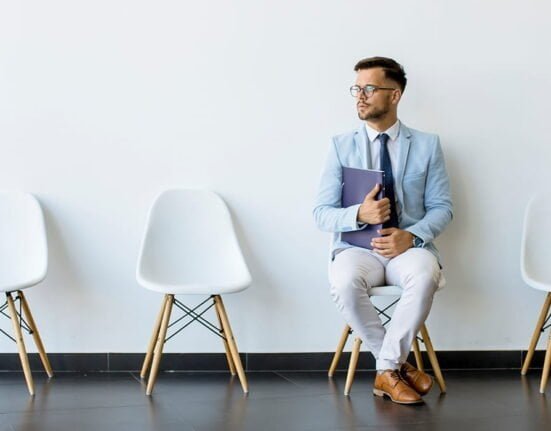
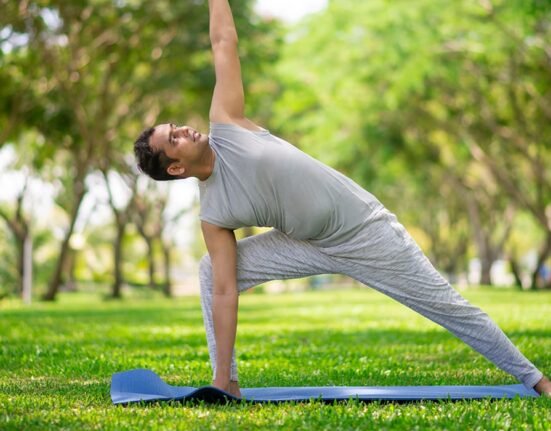

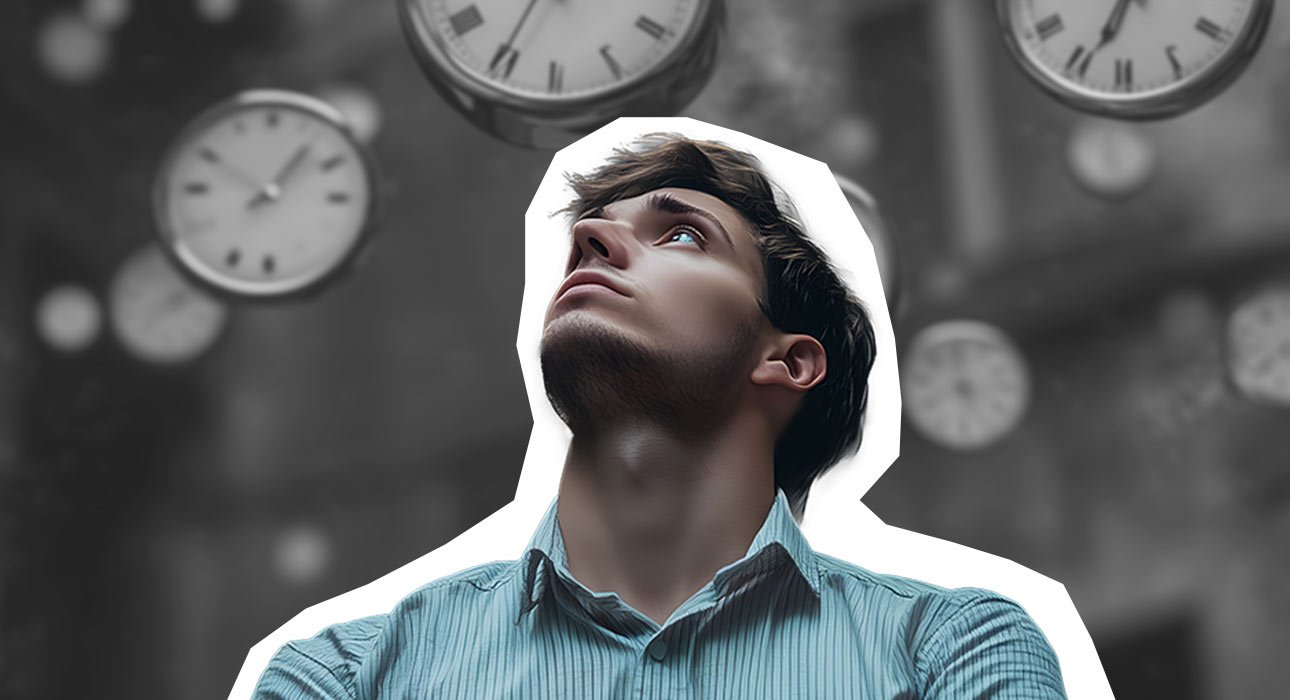

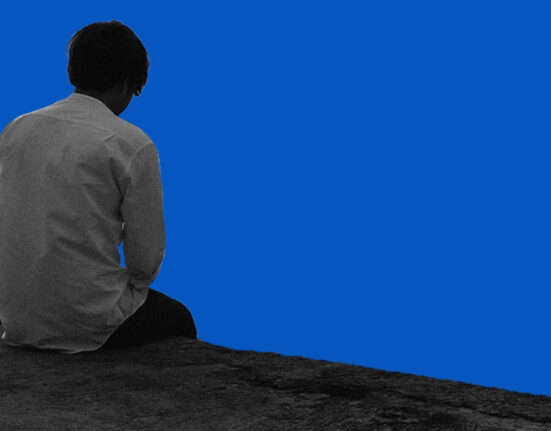
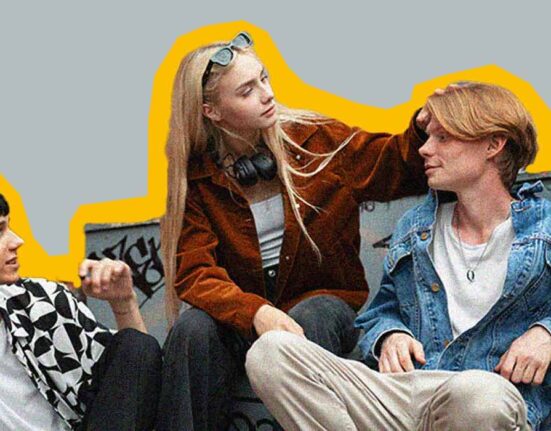


Leave feedback about this